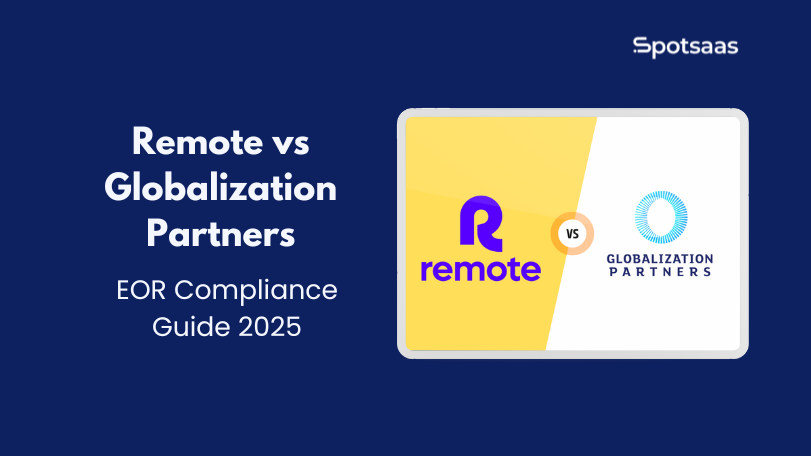Confused by the term ‘geocode’ and wondering what it means? It’s a unique identifier for any geographic location on Earth.
This blog will guide you through all aspects of geocodes, from understanding their meaning to their various applications.
Key Takeaways
- A geocode is a unique identifier for any geographic location on Earth.
- Geocodes help convert addresses or descriptions into specific coordinates that can be used for mapping and analysis.
- Different types of geocodes include address geocodes, entity geocodes, ZIP code geocodes, reverse geocoding, batch geocoding, and interactive geocoding.
- Geocoding accuracy levels vary from ZIP+4 to interpolated to parcel centroid to rooftop coordinates.
- Geocoding has various applications in marketing, insurance risk assessment, and telecommunications.
- Tools like Google Geocoder can be used for accurate and reliable geocoding results.
- Good reference data is important in ensuring precise and consistent geocode results.
Understanding Geocodes
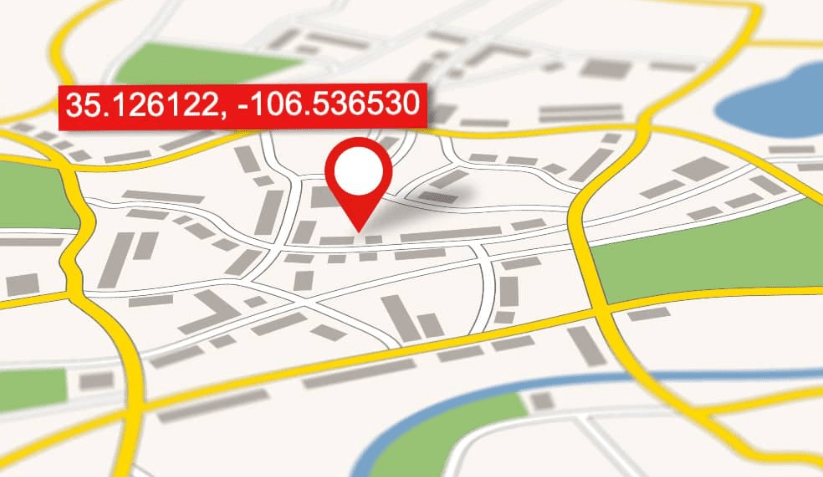
Geocodes are identifiers that distinguish a specific geographic entity by converting its description into coordinates.
Definition of geocodes
A geocode is a unique code for a place or thing on the earth. It helps tell one spot from many others. For example, an address or a name of a place can turn into a point on a map with geocoding.
This change to geographic codes lets us use and study location data better. It makes maps and other tools understand places in easy terms. Geocodes are like fingerprints for every part of our world!
Types of geocodes
Geocodes come in many forms. Let’s look at them.
- Address geocode: It turns a place’s address into latitude and longitude.
- Entity geocode: This one stands for a spot or item on Earth.
- ZIP code geocode: It tells how the U.S Postal Service sends mail.
- Reverse Geocode: This changes coordinates back to an address or name of the place.
- Batch Geocoding: This makes lots of single-line addresses turn into geographic data all at once.
- Interactive Geocoding: Here, users can choose the best match from many options when there are doubts about the location details.
How Geocoding Works
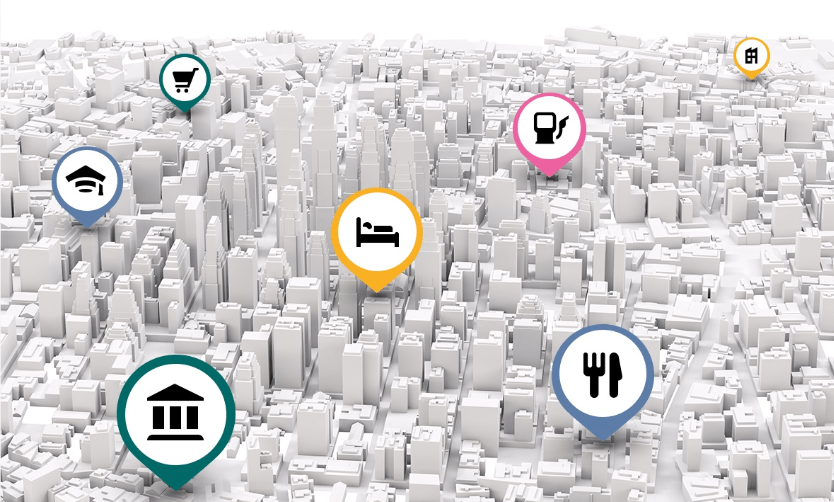
Geocoding is the process of converting text-based descriptions of locations into geographic coordinates, such as latitude and longitude.
Process of converting descriptions to coordinates
Making a geocode from words is easy. Here are the steps.
- The first step is taking the text words of a place.
- These words can be an address or a name of a place.
- Then, we use a special tool. This tool might be an online service or software.
- The tool scans its data to match the words with a place on Earth.
- Sometimes, it gives back more than one match for our words.
- We pick the right match from those options.
- Now, we have turned our words into numbers called coordinates.
- These numbers tell us where on Earth our place is.
Importance of reference data
Reference data plays a crucial role in geocoding because it provides accurate and reliable information for identifying and locating places. When converting descriptions into coordinates, geocoding algorithms rely on reference data to match addresses or place names with their corresponding geographic locations.
This ensures that the resulting coordinates are precise and can be used effectively in mapping, analysis, and decision-making processes. Good reference data includes up-to-date address databases, detailed maps, and comprehensive geographical information systems (GIS) datasets.
By using high-quality reference data, geocoding services can provide more accurate results, leading to better insights and outcomes in various fields such as transportation planning, marketing strategies, emergency services response planning, and urban development decisions.
Accuracy of Geocoding
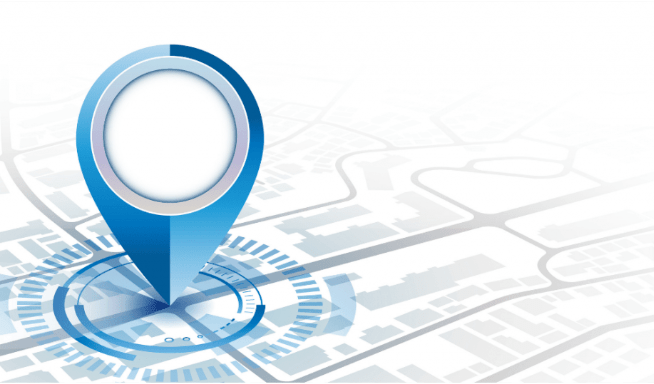
Geocoding offers different levels of accuracy, such as ZIP+4, interpolated, parcel centroid, and rooftop coordinates.
Different levels of accuracy (ZIP+4, interpolated, parcel centroid, rooftop)
Geocoding accuracy is paramount in various applications like marketing, urban planning, emergency services, and many more. Different levels of geocoding accuracy comprise ZIP+4, interpolated, parcel centroid, and rooftop. Each level has its unique characteristics, applicability, and precision.
| Level of Accuracy | Description |
|---|---|
| ZIP+4 | This is the lowest level of geocoding accuracy. It uses postal codes to identify a specific geographic segment within the 5-digit postal delivery area. |
| Interpolated | Interpolated geocoding refers to the process where the specific location is estimated by using surrounding known locations. It is useful in scenarios where exact location information is not available. |
| Parcel Centroid | This level of accuracy involves assigning geographic coordinates to the center of a property parcel. It is more precise than ZIP+4 and interpolated, but less accurate than rooftop geocoding. |
| Rooftop | This is the highest level of geocoding accuracy. It involves assigning geographic coordinates to the exact rooftop of a building. It is the most accurate level of geocoding and provides the most precise analysis for GIS applications. |
It’s important to note that the choice of accuracy level in geocoding depends on the application’s requirement and the available reference data. For instance, rooftop geocoding might be ideal for emergency services, while ZIP+4 could suffice for some marketing purposes.
Applications of Geocoding
Geocoding has a wide range of applications across various industries. It is used for marketing and advertising purposes to target specific demographics. Geocoding also plays a crucial role in insurance risk assessment by identifying areas prone to natural disasters or high crime rates.
Additionally, telecommunications companies utilize geocoding to track network coverage and optimize service provision. Discover how geocoding can benefit your business!
Marketing and advertising
Geocoding plays a crucial role in marketing and advertising. It helps businesses target specific locations by converting addresses into geographic coordinates. With this information, companies can analyze customer data, visualize sales patterns, and create targeted marketing campaigns.
For example, geocoding can help identify areas with high potential customers or assist in delivering location-based advertisements to specific regions. By integrating geocoding into their strategies, businesses can make smarter decisions about where to focus their marketing efforts and better understand their target audience’s geographical preferences.
Insurance risk assessment
Insurance companies often use geocoding in their risk assessment processes. By geocoding, they can accurately determine the location of insured properties and assess the potential risks associated with them.
For example, insurance companies can analyze data like crime rates, flood zones, and fire hazards based on specific geographic coordinates to understand the level of risk involved.
This helps them in setting appropriate premiums for policies and making informed decisions about coverage. Geocoding plays a crucial role in insurance risk assessment by providing valuable insights into the geographical factors that can impact property safety and security.
Telecommunications
Telecommunications is another field that benefits from geocoding. By converting addresses or place names into geographic coordinates, telecommunications companies can accurately locate their infrastructure and provide services more efficiently.
Geocoding helps in planning and optimizing the placement of cell towers, antennas, and communication lines. It also enables precise routing for phone calls and data transmission. Additionally, geocoding plays a vital role in emergency services by aiding in locating distressed callers or pinpointing the source of network issues.
With geocoding technology, telecommunications companies can improve their network coverage, enhance connectivity, and deliver better service to their customers.
How to Use Geocoding
To use geocoding, you can utilize tools such as the Google Geocoder, which converts addresses into geographic coordinates. It is essential to have accurate and up-to-date reference data for optimal results when using address locators in geocoding.
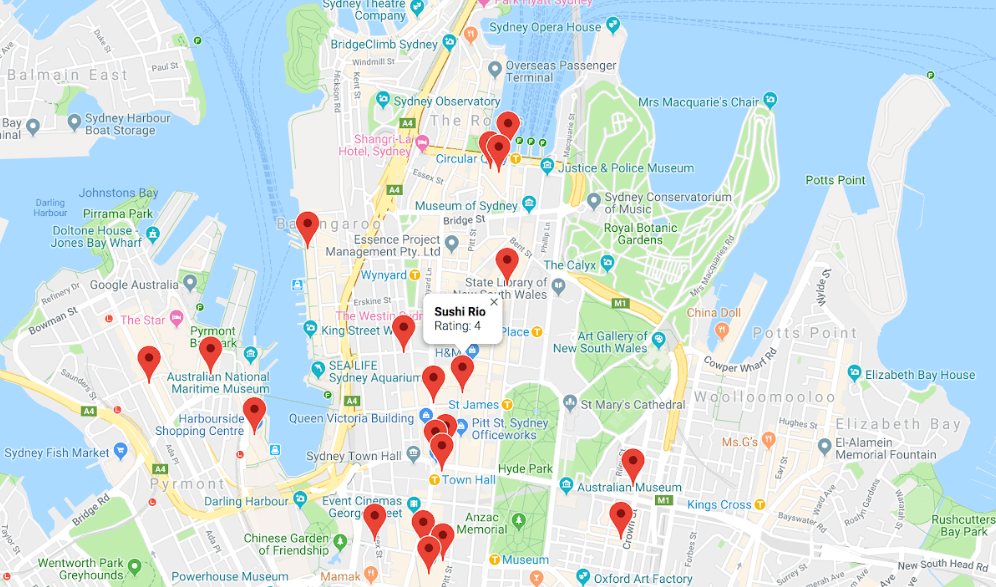
Tools like Google Geocoder
One popular tool for geocoding is Google Geocoder. It allows you to convert addresses or place names into geographic coordinates, such as latitude and longitude. With Google Geocoder, you can input an address and get the exact location on a map.
This tool is widely used because it provides accurate results and is easy to use. It’s important to note that good reference data is crucial when using geocoding tools like this one, as it ensures accurate and reliable results.
Importance of good reference data
Good reference data is crucial for accurate geocoding. When converting a location description into geographic coordinates, the quality of the reference data used plays a significant role in determining the accuracy of the result.
Having reliable and up-to-date reference data ensures that the geocoding process produces precise results and reduces errors.
With good reference data, geocoding tools can match addresses or place names more accurately, resulting in correct latitude and longitude coordinates. This is important because inaccurate geocodes can lead to misidentifying locations on maps or providing incorrect information to users.
In addition, good reference data helps maintain consistency across different mapping systems and applications. It allows for seamless integration with other datasets and enables better analysis of geographical information.
Introduction to address locators
Address locators are an essential part of geocoding. They help in converting textual descriptions, like addresses or place names, into specific locations on a map using geographic coordinates.
Address locators play a crucial role in mapping and spatial analysis by transforming address information into physical coordinates that can be analyzed and understood. This process is important because it allows us to structure location data and use it for various purposes such as transportation planning, urban development, marketing strategies, and emergency services.
By utilizing address locators and geocoding techniques, organizations can make informed decisions based on accurate spatial information.
Conclusion
In conclusion, a geocode is a special code that represents a specific location on the Earth’s surface. It helps convert addresses or descriptions into precise coordinates for mapping and analysis.
Geocoding plays a crucial role in various fields, making it easier to understand spatial patterns and make informed decisions based on location information.
Frequently Asked Questions
What is a geocode?
A geocode is a set of coordinates (latitude and longitude) that represents a specific location on Earth.
How is a geocode used?
Geocodes are used in mapping and navigation systems to pinpoint locations on maps, track routes, calculate distances, and provide directions.
Where can I find the geocode for a specific address?
You can find the geocode for a specific address by using online mapping services like Google Maps or by using dedicated geocoding websites or APIs.
Can I use geocodes to find nearby places or businesses?
Yes, you can use geocodes to search for nearby places or businesses within a certain radius of your chosen location using mapping applications.
Is there any cost associated with obtaining or using geocodes?
The cost of obtaining or using geocodes depends on the service provider. Some providers offer free access to basic services, while others may require payment for more advanced features or higher usage levels.



